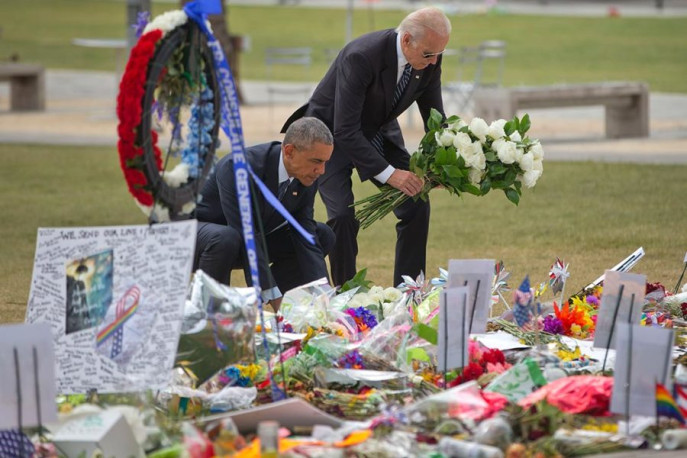
by Ellen C. Caldwell
for JSTOR Daily
In the wake of the massacre in Orlando, Florida, survivors, family members, and strangers have come together to mourn these sudden and tragic deaths on national, personal, and individual levels. Through artwork, “grief projects,” make-shift memorials, tributes, ribbons, hashtags, and virtual altars via social media, we as a nation are mourning in complicated and rich ways.
After the shootings at Columbine High School in Littleton, Colorado, Jonathan D. Fast analyzed the ways in which people mourn sudden deaths through the creation of art projects and the use of complex symbols.
Fast’s study is particularly relevant because he attempted “to increase our understanding of how people respond to multiple sudden deaths.” First, he notes the differences between mourning a singular, anticipated death versus more large-scale, sudden deaths saying that the latter produces mourners at different levels—whether national, community, individual, and direct family and friends…
